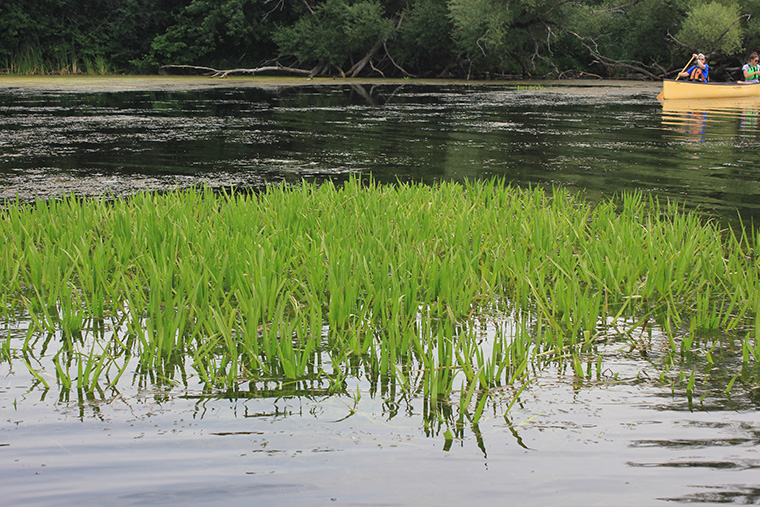
August 11, 2017 marked the eighth annual Water Soldier Watch Day, hosted by the Ontario Federation of Anglers and Hunters’ (OFAH) Invading Species Awareness Program (ISAP), in partnership with the Ministry of Natural Resources and Forestry (MNRF), Lower Trent Conservation, Parks Canada, and Trent University.
The day was held in Trent Hills, where 25 volunteers arrived with canoes and boats in tow, ready to look for water soldier.
Water soldier is an invasive species of aquatic plant from Europe and northwestern Asia which suffocates out the native foliage around it. In North America, it’s only found in Ontario, with the Trent-Severn Waterway being the main hotspot.
OFAH Water Soldier Technician Rob McGowan spearheaded the event. “Water Soldier Watch Day allows us to engage the community and educate them while increasing public awareness of aquatic invasive species, their impacts, and what individuals can do to prevent their introduction and further spread in the Trent-Severn Waterway,” he said.
Summer student Kristen Tymoshuk handed volunteer pairs survey maps and a small GPS system as they arrived, so they could accurately track any water soldier found.
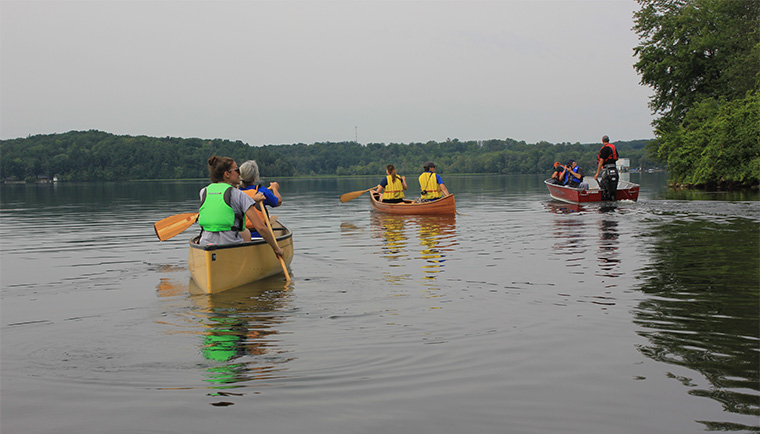
Volunteers were asked to plot any water soldier they saw on a GPS and record it.
Water soldier is an emergent and submergent plant. It’s suspected it was introduced in the waterway through the use of it as a plant in water gardens.
The plant largely resembles aloe vera, giving it the name “water aloe.” However, it has sharp edges that an unsuspecting angler could be cut on.
After visiting a known population of water soldier, the volunteers set off in boats and canoes to their sections of the waterway, in search of the plant. Many volunteers would report seeing water soldier when they returned. In total, two new populations of the plant were found.
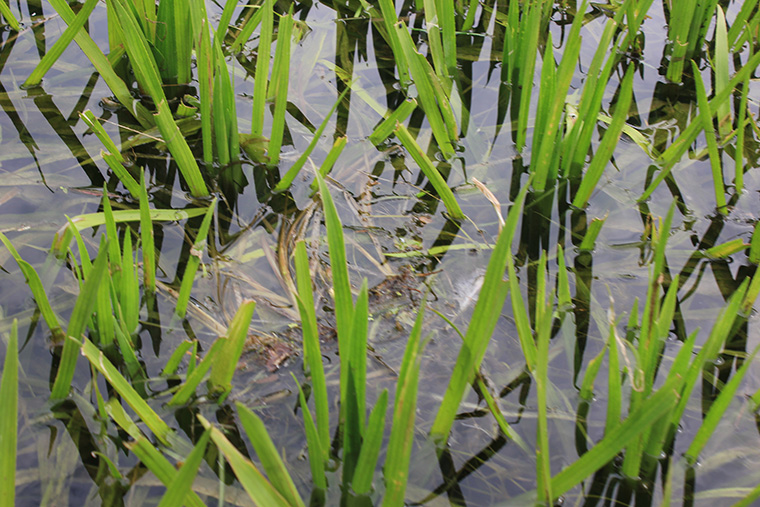 “These populations will be added to the overall map of water soldier populations in the Trent-Severn Waterway,” said McGowan.
“These populations will be added to the overall map of water soldier populations in the Trent-Severn Waterway,” said McGowan.
Largely the day was spent raising awareness of the plant, building community support, and enjoying the outdoors. “I think the purpose of the day was mostly to help people become more aware of the amount of water soldier that’s on the Trent Severn and to look into populations for the herbicide treatment in the fall,” said Tymoshuk. “I think it was successful.”
McGowan shared her sentiments. “We located new populations of water soldier and engaged community members in the task of finding new populations,” he said. “We were able to increase public awareness of the impacts of water soldier on the Trent-Severn Waterway.”
Monitoring and stopping the spread of this invasive species is a common goal amongst the OFAH and the MNRF.
Click here to learn more about ISAP and their water soldier eradication efforts.


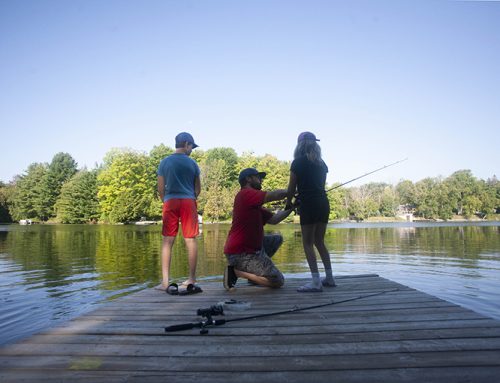
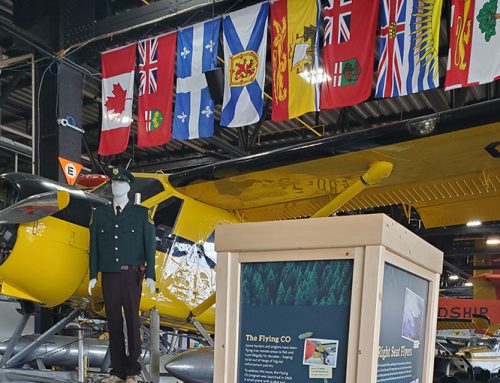
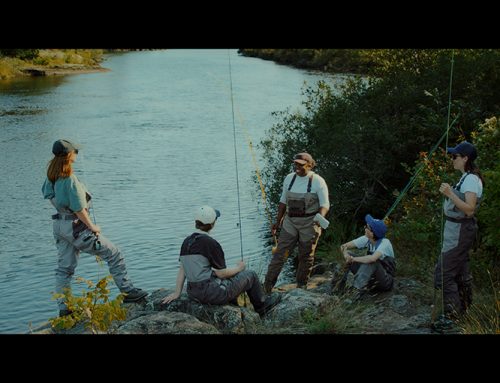
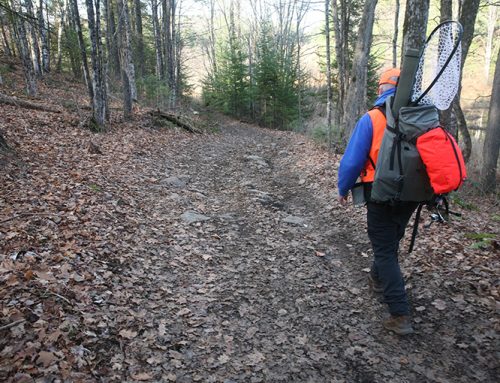
Leave A Comment